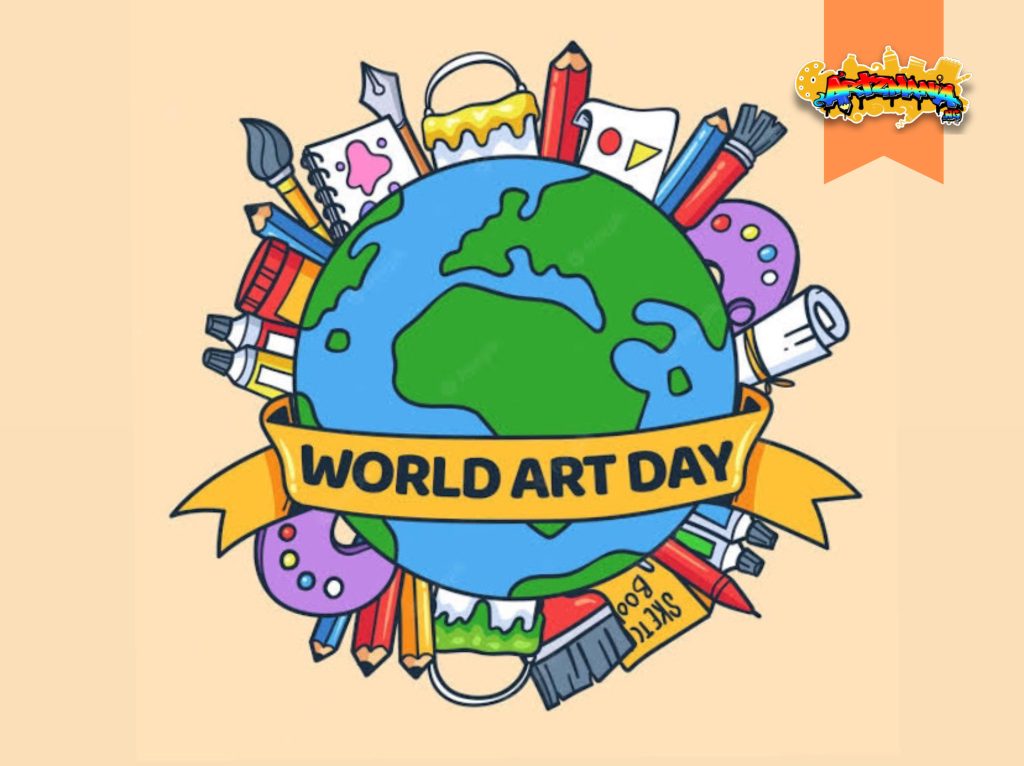
It’s World Art Day!
So let’s get extra creative and tell a story.
An intriguing story of a canvas of colours, celebration and cultures. One that has never been told before….
Now that we have your attention, shall we begin?
Once upon a paint-splattered time, on a sunny April morning, a curious traveller… let’s call him Artie (short for art lover, obviously) found a peculiar suitcase in an abandoned art studio. But because this isn’t an ordinary story, of course this suitcase wasn’t an ordinary suitcase.
It hummed softly and smelled faintly of turpentine, paper, and something magical—like creativity itself. Taped to the side was a handwritten note: “This suitcase doesn’t carry clothes. It carries cultures. Open it on World Art Day and let it take you places.”
So Artie did.
With a puff of glitter and the flap of invisible paper plane wings, the suitcase sprang open—and out came a swirl of colours, patterns, and whispers of distant lands. Artie stepped in, and the adventure began…
1. Nigeria: Where Masks Speak Louder Than Words
Artie’s first stop was Nigeria, where art isn’t just for walls—it lives, moves, and dances. In Yoruba and Igbo communities, wooden masks are handcrafted and worn during festivals, rites of passage, and community celebrations. These masks tell stories of gods, ancestors, spirits, and moral lessons. Each one is uniquely carved and painted with colours that symbolize power, wisdom, or protection. They aren’t just worn—they’re performed. Dancers put on the masks and bring them to life with music and movement.
Takeaway: In Nigeria, art is storytelling in motion. It’s spiritual. It’s social. It’s a bridge between the past and the present.
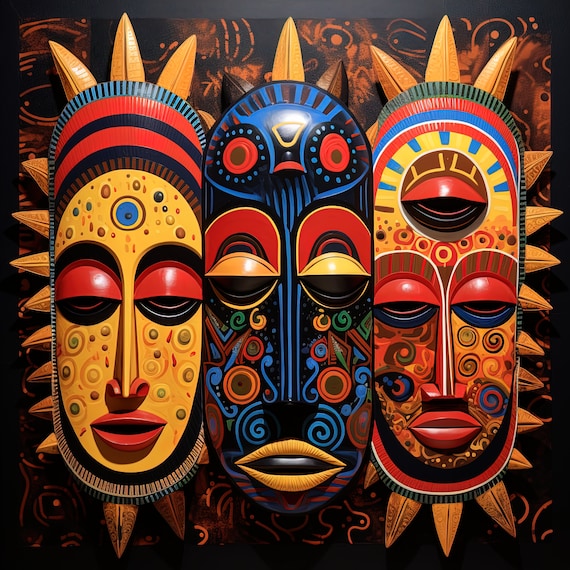
2. Australia: Dots That Speak Volumes
Next, Artie explored the rich artistic traditions of Aboriginal Australia. Long before galleries and museums, Aboriginal people used dot painting as a way to pass down stories of creation, called the Dreamtime. They painted symbols of waterholes, animals, journeys, and spiritual beings—using natural pigments and brushes made from twigs or sticks. What looks like beautiful abstract art is actually a code—only fully understood by those within the community.
Takeaway: Aboriginal art isn’t just decoration. It’s ancestral memory encoded in colour. It teaches, preserves, and honours sacred knowledge.
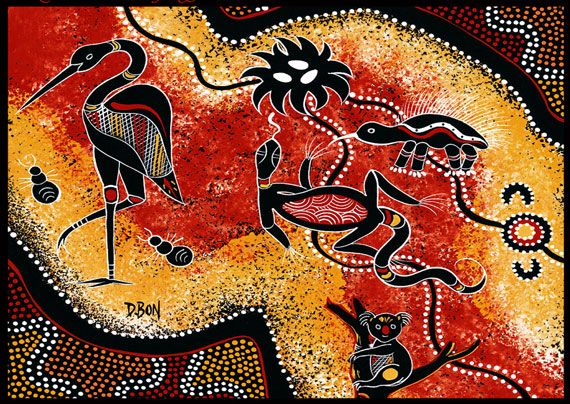
3. Japan: Folding Peace and Patience
Artie then arrived in Japan, where art often whispers instead of shouts. Take origami, the ancient art of folding paper into animals, flowers, or geometric wonders. It’s used in ceremonies, celebrations, and even as a gesture of goodwill. The paper crane, for instance, symbolizes peace, healing, and hope. In Japanese schools, children learn origami early. It teaches focus, precision, and the quiet joy of creating something beautiful from almost nothing.
Takeaway: In Japan, art is found in the quiet, meticulous moments. It’s less about expression and more about intention and honour.

4. Mexico: Paper, Colour, and the Celebration of Life
From soft whispers to full-blown fiesta—Artie landed in Mexico during Día de los Muertos (Day of the Dead). It’s a vibrant, emotional celebration where families honour loved ones who’ve passed away. And everywhere you look, art is present: papel picado (cut paper banners), hand-painted sugar skulls, face painting, candles, flowers, and colourful altars (ofrendas) lined with food, photos, and favourite things. The art of this celebration is not about mourning—it’s about remembering joyfully.
Takeaway: In Mexico, art celebrates both life and death. It turns grief into beauty and connects generations with colour and light.
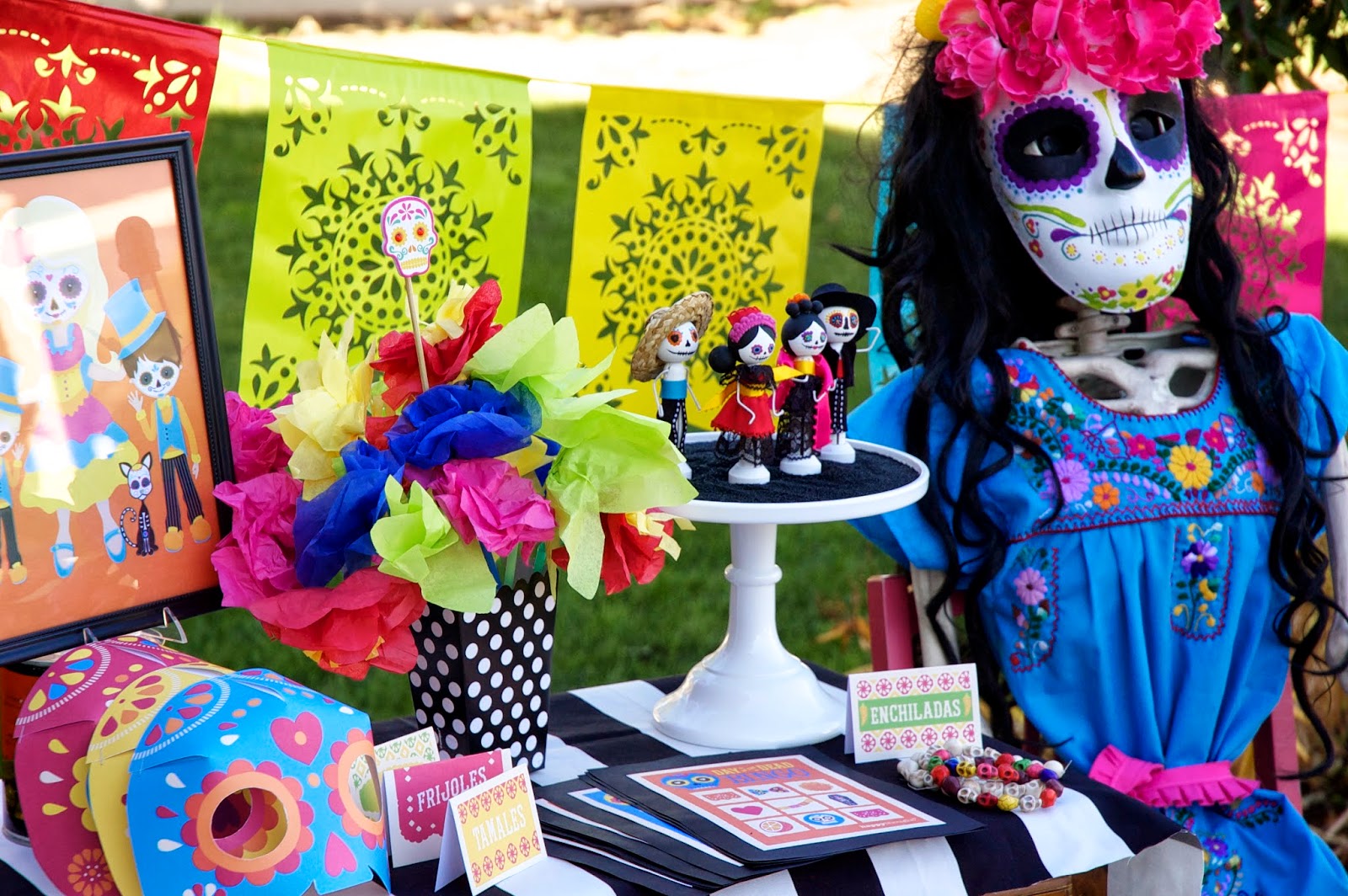
5. India: Patterns, Festivals, and Devotion in Every Detail
Finally, Artie dove into the rich, vibrant world of Indian art, where creativity weaves itself into everyday life. During Diwali, the festival of lights, families create rangoli on the floors of their homes using coloured powders, flower petals, or rice. These intricate patterns are meant to welcome good fortune and are made by hand, often as a family activity. There’s also henna art (mehndi) used in weddings and celebrations, and Madhubani paintings that depict gods, nature, and mythology with bold lines and bright colours.
Takeaway: In India, art is devotion. It’s community. It’s tradition passed through generations, practiced not just by artists—but by grandmothers, children, and neighbours alike.
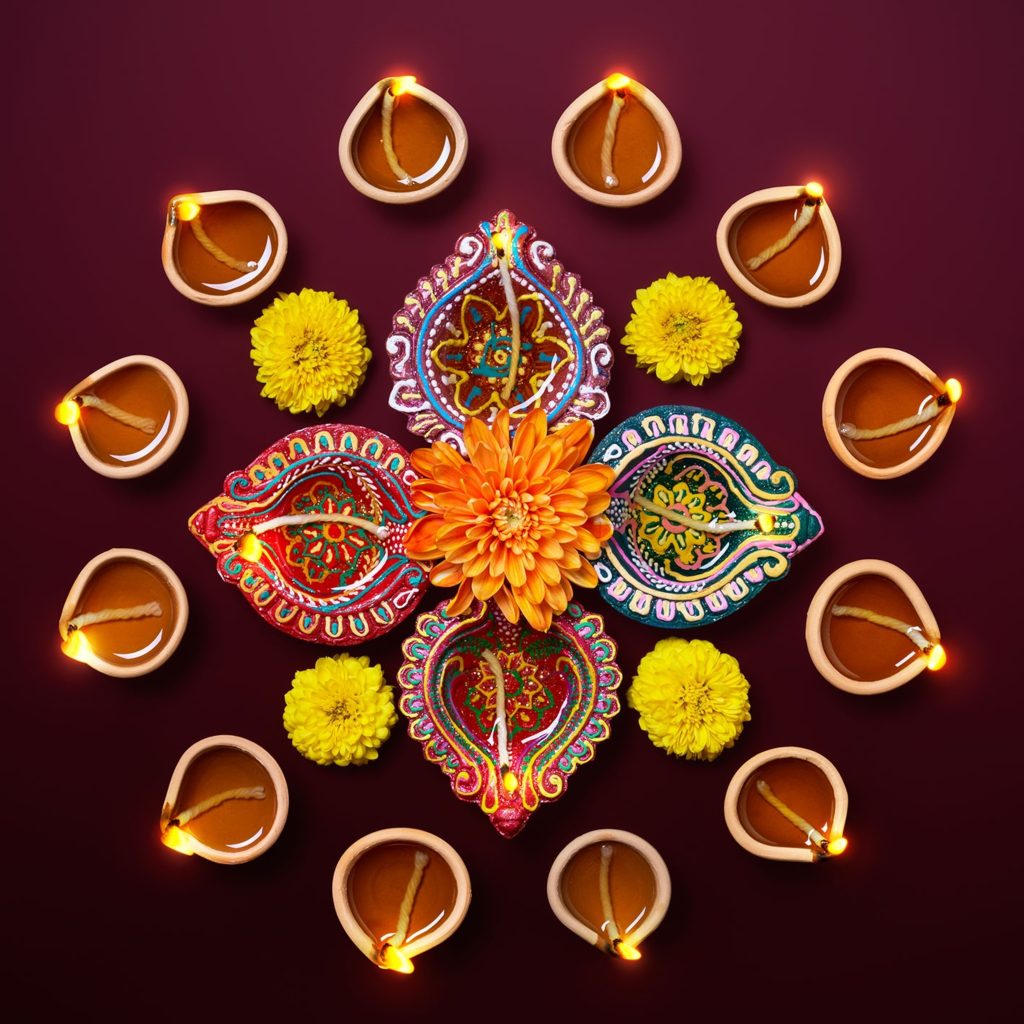
With a soft pop, Artie landed back in the formerly abandoned art studio, which had somehow come back to life now; the suitcase, now filled with paint brushes, folded paper cranes, dot patterns, and the scent of incense and adventure. He realized something then:
Art isn’t about being perfect. It’s about being human. It’s how people celebrate, grieve, remember, and connect—no matter where they are in the world.
So this World Art Day, maybe you don’t need a magical suitcase. All you need may be a blank page, a bit of curiosity, and the willingness to travel through your imagination; Because the world is waiting—and art is how it tells its story.
Let’s help you tell your own art story today. Click here to chat with our art supplies expert.
Happy World Art Day!



